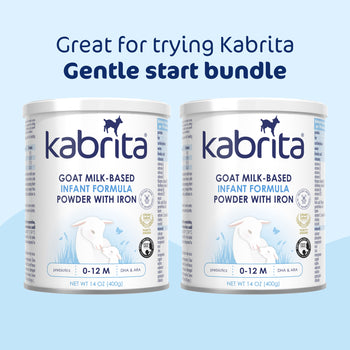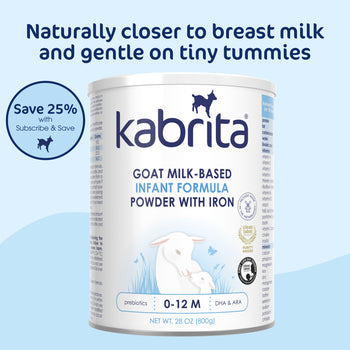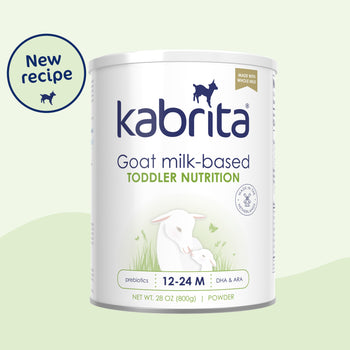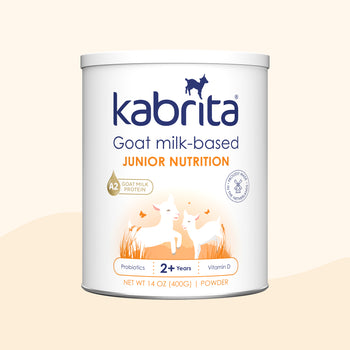Symptom Spotlight: Reflux

Baby reflux is considered normal, but excessive amounts can be frustrating and messy for parents! Read on to learn more about reflux in toddlers.
What is reflux?
Reflux in toddlers (also known as gastroesophageal reflux, GER, spit-up, or regurgitation) is the result of the movement of contents from the stomach up into the esophagus or mouth. Two-thirds of healthy infants experience reflux and it affects approximately 5-10% of babies at 12 months old. While baby reflux is considered normal, excessive amounts of spit up can be both frustrating and messy for parents. Gastroesophageal reflux disease (GERD) is a more serious, but less common, condition where reflux symptoms are severe.
What are some of the symptoms associated with reflux in babies?
In normal toddler reflux, it’s common to spit up breast milk or formula several times a day. While messy, it is painless and ought not to bother the baby. In the more serious condition of GERD, symptoms may include vomiting, refusing food, poor weight gain, and respiratory symptoms like coughing and wheezing. If you’re unsure if your baby has normal reflux or GERD, it’s best to consult with your health professional.
What are the factors that cause reflux in toddlers?
The ring of muscle between the stomach and esophagus, called the lower esophageal sphincter, is designed to keep food in the stomach and prevent it from moving upwards. Since this muscle is still not fully developed in little ones, baby spit-up occurs more easily. Other factors that may contribute to reflux in toddlers include food triggers, amount of feeding, and poor feeding position.
What are some solutions to help reduce reflux in little ones?
Toddler reflux usually improves as their digestive system matures. However, there are still some things you can do at home that may reduce your little one’s reflux (and laundry load!)
-
Identify and eliminate food triggers
A good place to start is to keep a 7-Day Diet Diary. Take note of symptoms and foods in order to see a potential relationship. If cow milk seems to be contributing to reflux in your little one, try swapping it out for Kabrita Goat Milk Toddler Formula*.
-
Feed smaller amounts
Try smaller, more frequent feedings.
-
Sit up!
Don’t feed your baby while they are lying flat, and try to keep them upright for 20-30 minutes after feeding.
While some reflux in toddlers may be normal, be sure to consult with your health professional if there are more concerning symptoms. Addressing a potential dietary trigger, minding the amount of feed, and adjusting the feeding position may all help to ease the symptoms of reflux in toddlers.
Kabrita Goat Milk Toddler Formula may be an option for little ones during feeding transitions, such as weaning and supplementing, or those with minor issues associated with cow milk sensitivity*.
*Not suitable for children with confirmed cow milk protein allergy



